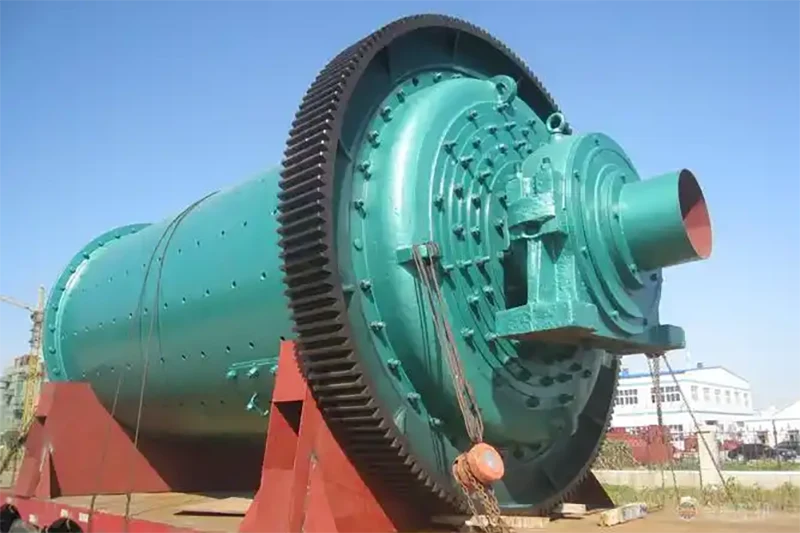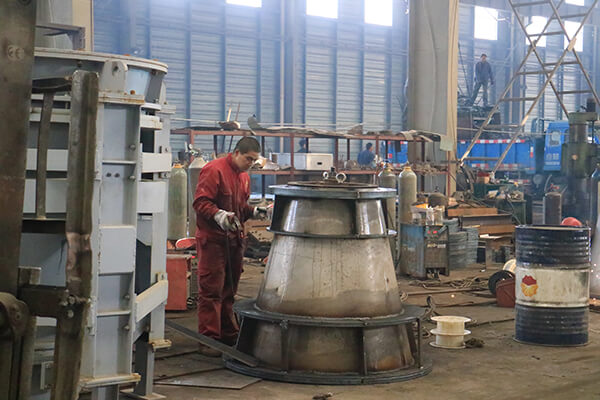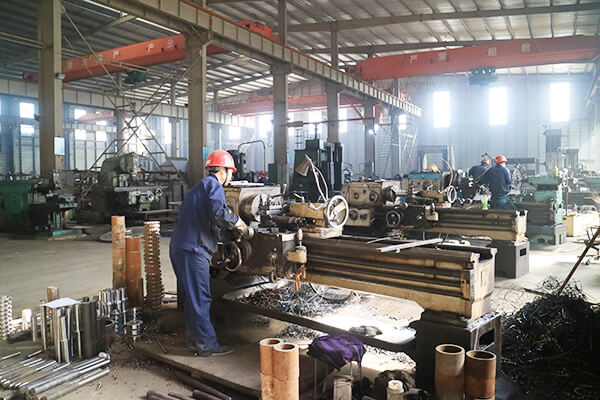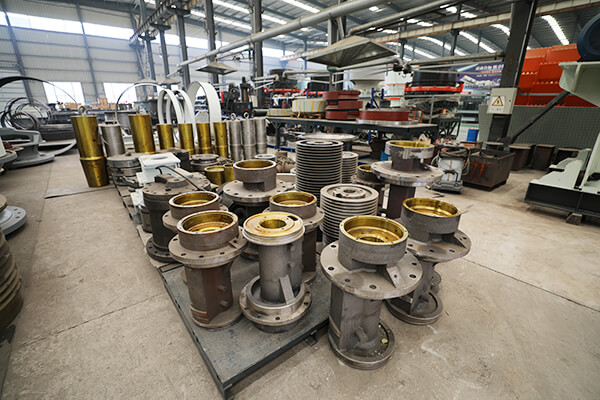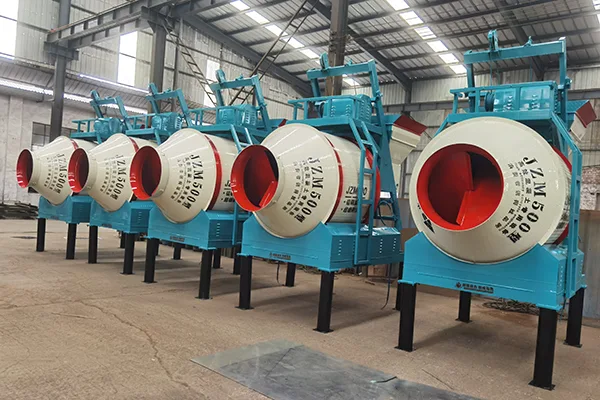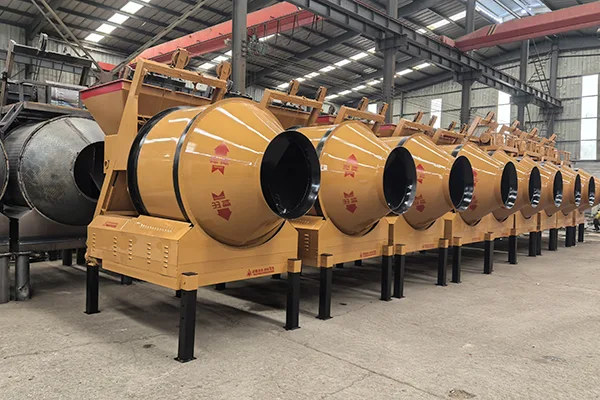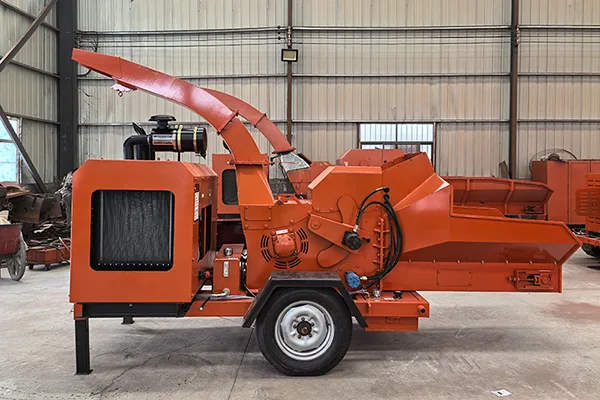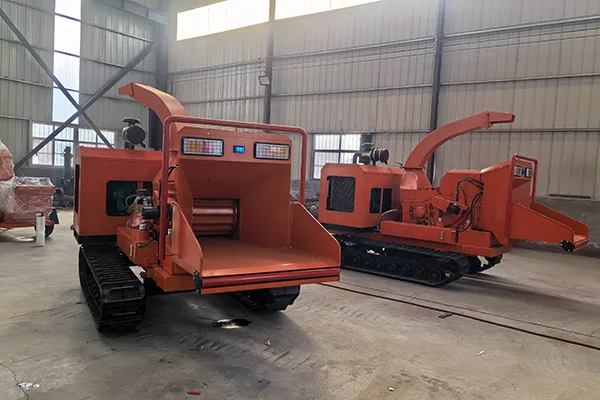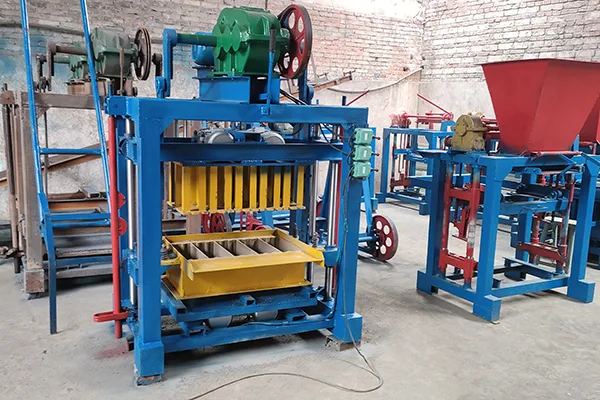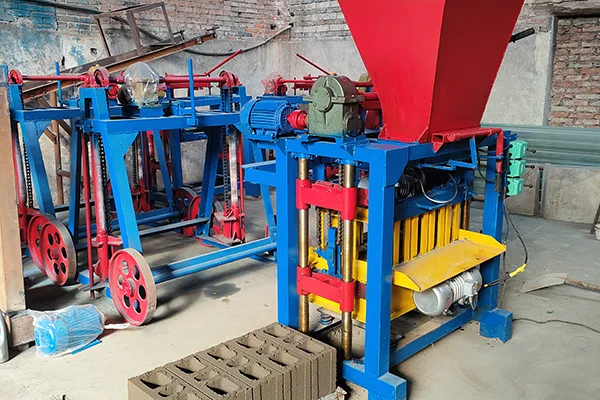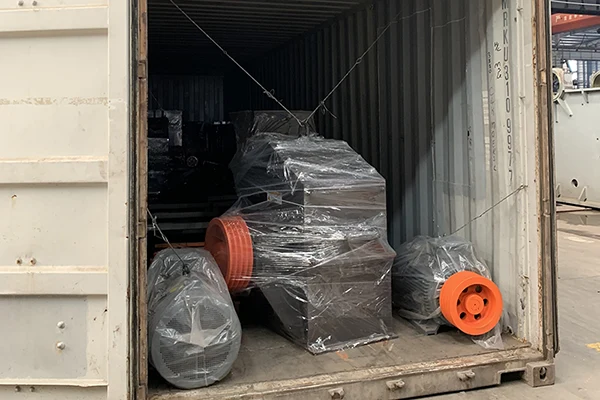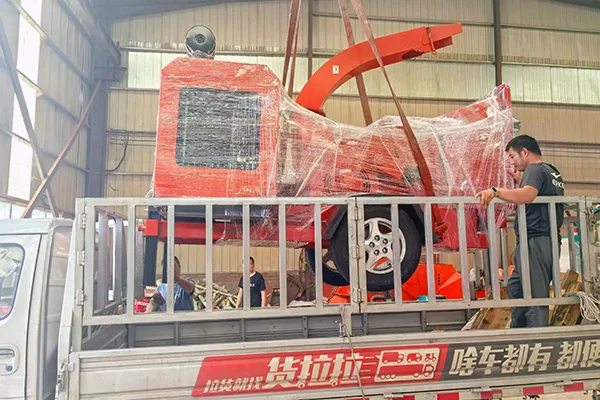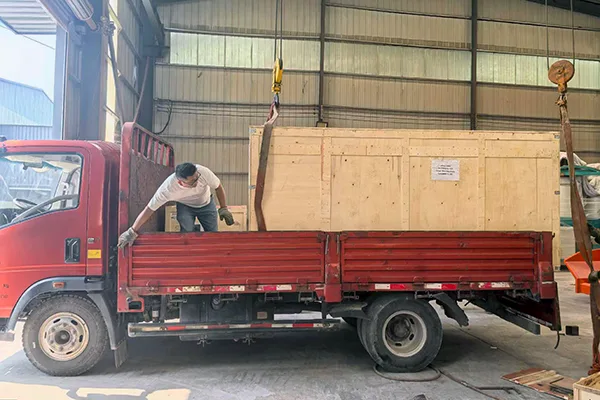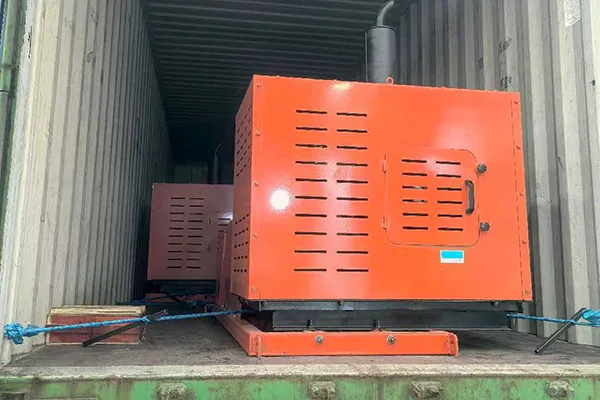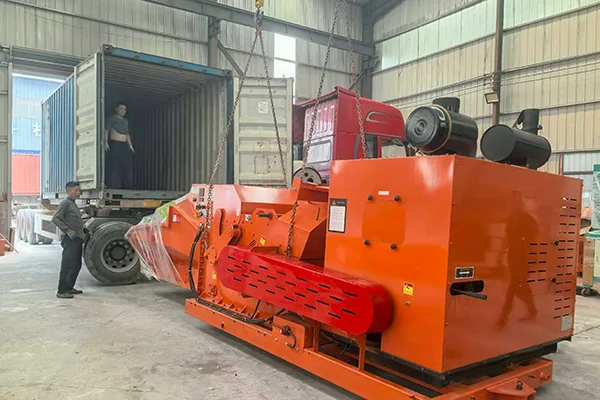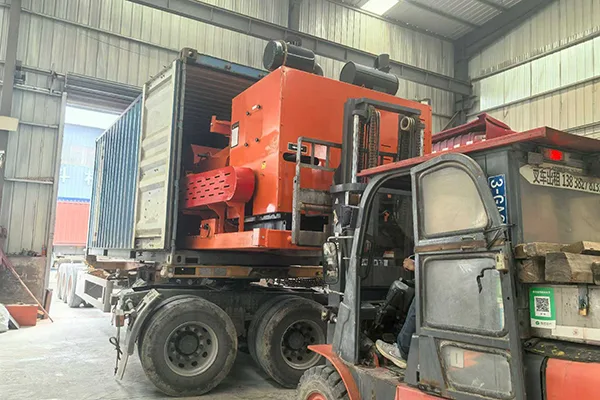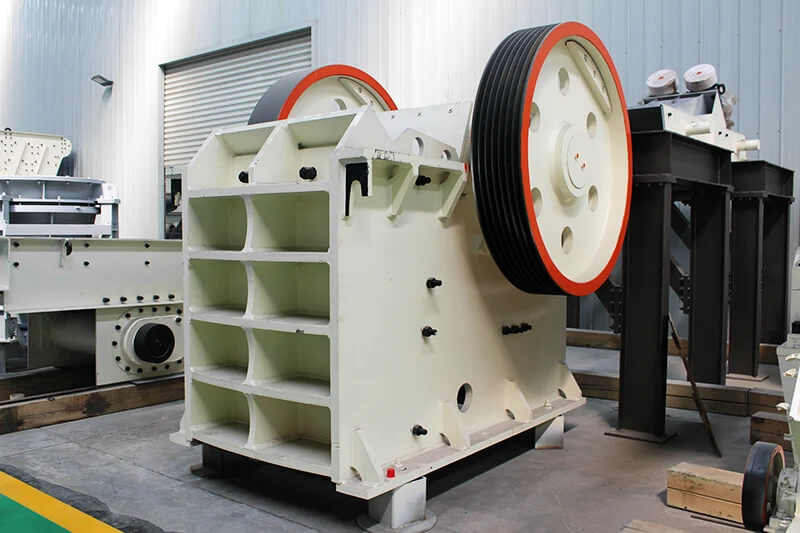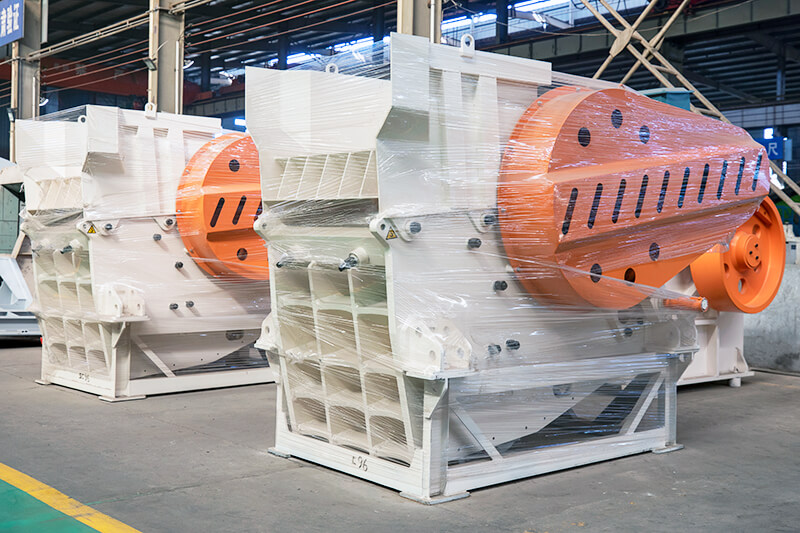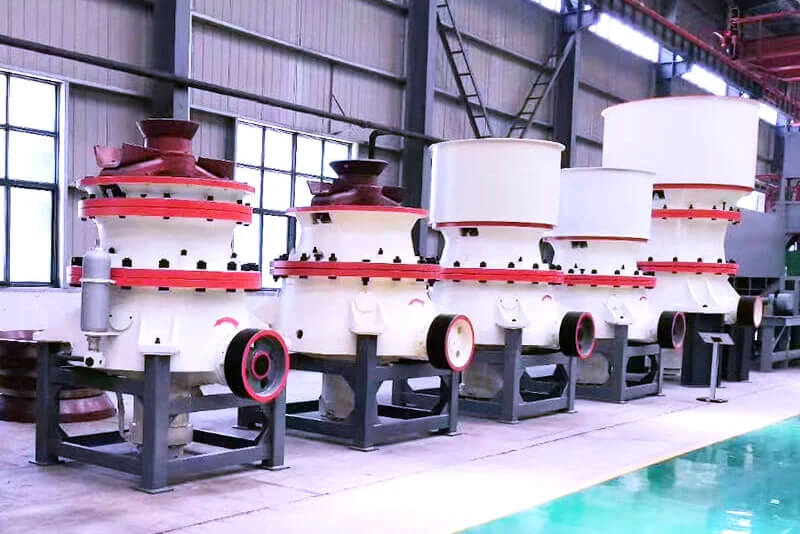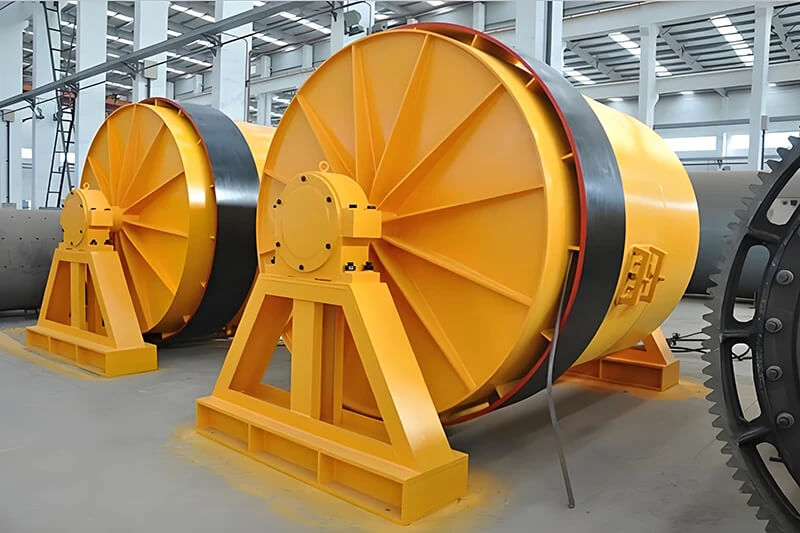Most of the industrial production using wet ball mill, especially in the mineral processing industry is more commonly used grinding machinery. Such as: gold, silver, lead, zinc, copper, molybdenum, manganese, tungsten and other non-ferrous metals grinding; graphite, feldspar, potassium feldspar, phosphate rock, fluorite, clay, bentonite and other non-metallic grinding. Wet ball mill production process requires the addition of liquid ball milling media (water or anhydrous ethanol, etc.) auxiliary, the discharge port is flared, built-in spiral device, easy to discharge material.
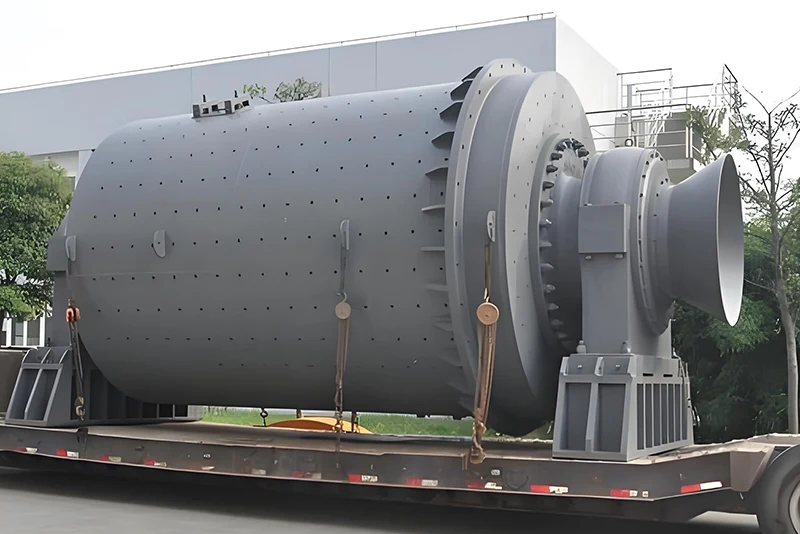
Wet ball mill has high efficiency, uniform particles, no dust flying field, less noise. Because the particles in the ball milling process, large particles in the ball milling media grinding and impact, there will be cracks, cracks expand over time will break line into small particles, that is, the so-called grinding process. If it is dry grinding, then the particles in the ball milling process crack expansion, due to the ball milling ball or between the particles of the extrusion, the formation of cracks may be squeezed closed, the cracks can not be effectively expanded, the large particles can not be quickly fracture the formation of small particles, but if it is a wet milling, then the liquid ball milling media (water or anhydrous ethanol, etc.) will be into the formation of cracks in the crevices, blocking the cracks of the closure, which will effectively make the cracks Rapid expansion down, will greatly improve the efficiency of ball milling. However, the powder after wet grinding should be dried to remove water or other liquid media, so it will increase energy consumption and cost.
